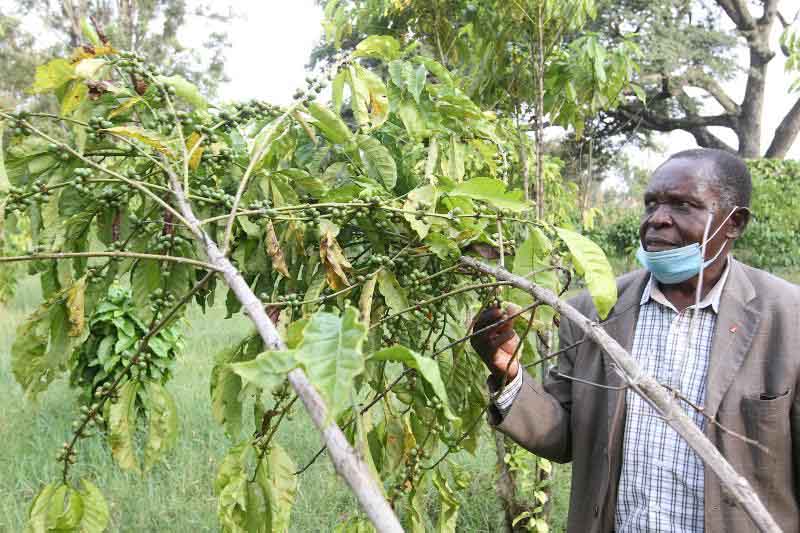×
The Standard e-Paper
Home To Bold Columnists

When the national government came up with the idea of creating the Sh3 billion Coffee Cherry Advance Revolving fund (CCARF) farmers were hopeful their fortunes would change after years of neglect.
Of the amount capitalised in 2019, only Sh68 million has so far has been loaned out to farmers country-wide even though it attracts only a 3 per cent interest rate per annum.